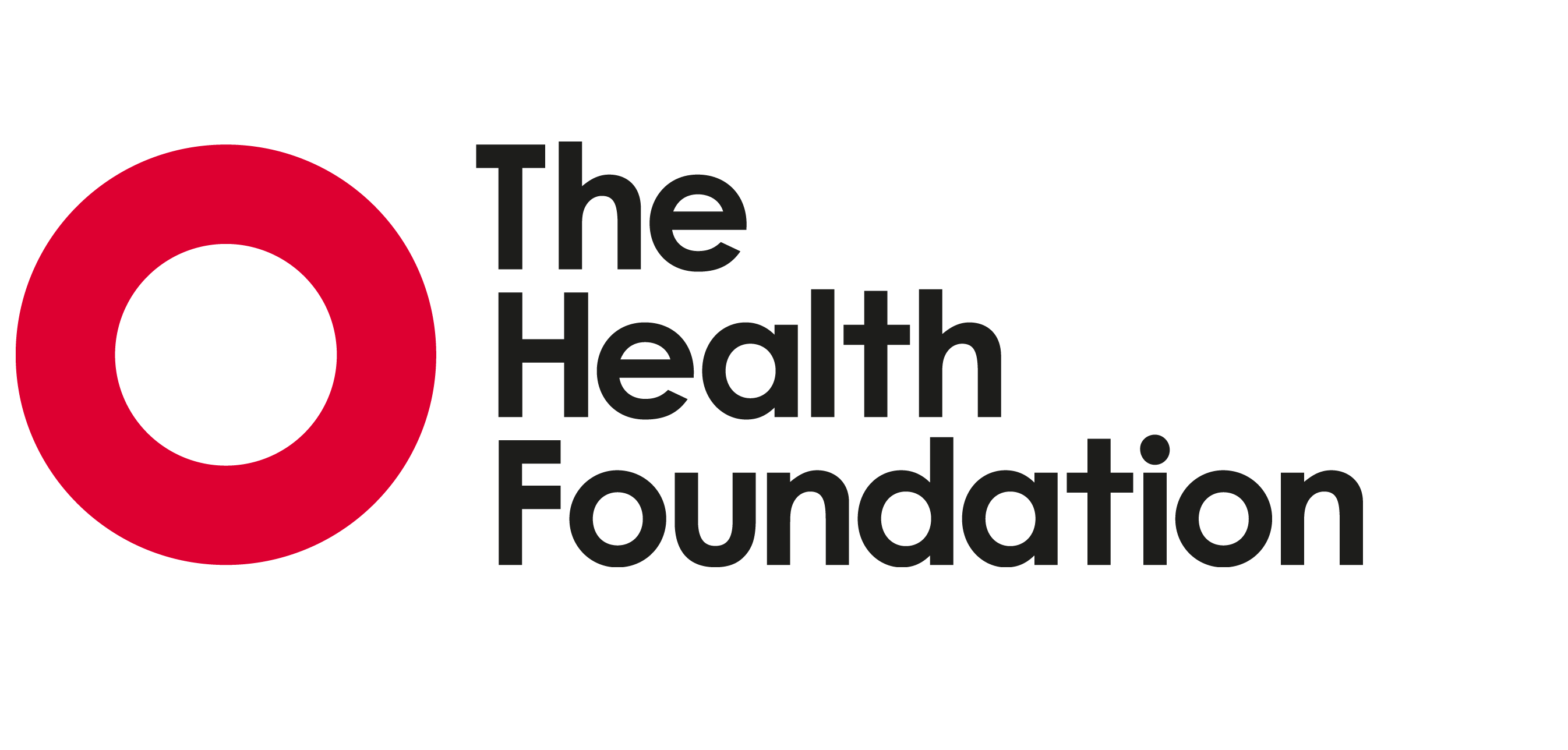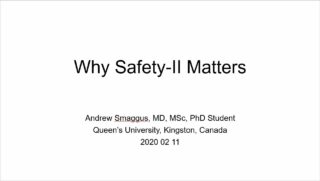via Dove è la complessità? – Gen Maitland Hudson – Medium
In positioning themselves as intellectual leaders of the social sector, it’s important for Lankelly Chase to kick the tyres of their theory.
This is a quick blog in response to a more considered one from Lankelly Chase’s Julian Corner. It is written on a plane, after two intensive days at a conference conducted in multiple languages, only two of which I speak fluently. Code switching of that kind is useful, I find, as a reminder that even in the absence of a fully shared language, you can still achieve a good deal of useful communication. Even complex communication.
Sometimes though, all the same, you lose clarity.
As a good student of Ian Hacking, I think clarity matters. I think it matters particularly when theory is abstracted from its home in academic departments to guide the practice of social programmes. This has been the curious destiny of ‘complexity’, which has slipped out of university departments to become romantically entangled with ‘systems’, cavorting and arousing the passions of social sector leaders.
As a sector we are proudly pro-passion, but we oughtn’t to let it cloud our thinking.
In the case of complexity, the weather can quickly turn foggy. There’s a thundery patch early on in the Lankelly blog when frameworks and processes are contrasted with a ‘complex reality’ that is presented as underlying our attempts to act upon it (for good or ill).
There’s an awful lot going on in that kind of presentation of ‘reality’, and none of it is uncontroversial. Its particular attraction to a new school of philanthropy needs a bit of contextual unpicking.
Complexity is a new kind of idea for philanthropy. Traditional philanthropic endeavour has its roots in well-intentioned patronage. It tends to exaggerate its own importance, and circulate, even impose, its own particular worldview on, say, hygiene, or housing, or the appropriate education of girls. It has often done this driven by values rather than evidence. With that background, which has been vigorously contested, complexity appears as a moderating influence that puts the ambitions of the wealthy and socially inclined into a humbling perspective. How important can you really be in a complex world that resists your meddling?
In the philanthropic context, that can be a helpful kind of framing.
What it gives with one hand, however, it takes away with the other. Complexity may put the wealthy in their place, but as it does so, it disempowers us all. It does that because it is not a theory of power, it is a realist theory.
Realist theories can be usefully contrasted with nominalist ones. The questions both sets of theories raise are relevant to a lot of the work of policy makers and change makers because they concern the nature of our world, our understanding of it, and the effects of our descriptions and actions. In recent intellectual history, these questions have opposed social constructionists and the natural sciences. They have been played out in different ways, but nominalism and constructionism broadly assume that our descriptions have an important role in how we apprehend the world around us. Realism, however, downplays the effect of human agency in world-making.
Complexity theory is very much the heir of the science wars that were waged around social construction in the 1980s and 90s. It describes a world in which causality is probabilistic rather than linear, but still knowable; an ‘underlying’ world if you like, that operates according to rules that we — largely — do not make. It is realist, and it needs to be understood as such. It does not make space for human agency. It is a strong cocktail of Hegelian flavour, mixed with a splash of determinism.
When that cocktail is served, as it is in Lankelly Chase’s description of their new approach, alongside the lentils and wholemeal bread of social constructionist theories of power, it makes for a meal that is hard to digest.
To say this isn’t to make a pedantic point about understanding theory in its context, or with its roots in longstanding traditions of scholarship. It is to highlight why complexity theory is a bad basis for social programmes that seek to empower. It is difficult to find forms of intervention that create agency, when you embed them within a theory that doesn’t accept that agency really exists, or matters, or plays any significant part at all. This is an important part of the reason, I would argue, that Lankelly Chase have ended up with a new approach that is, well, impersonal. An approach that is centred on the ‘health of systems’, rather than the health of people. An approach that leaves no place for collective approaches to arguing for any — bounded, negotiated and always imperfect — rights, rights that describe, and make, a better world for which we can actively strive.
That is not to criticise Lankelly’s work on power structures. On the contrary. But it is to say that this part of their practice sits very uncomfortably within a set of theoretical premises that are inimical to human agency, and human action, as the basis for bringing about social change.
Theory is a hard language to master. It does a lot of useful work, even in the absence of fluency, but a bit like my Italian and Spanish, it can also let us down if we aren’t attentive to its nuances. When it is used to influence how grant making is delivered, we all have a duty to check we are using it accurately.
Comments etc in source: Dove è la complessità? – Gen Maitland Hudson – Medium
I linked to https://stream.syscoi.com/2018/06/04/lankelly-chases-approach-to-working-with-complexity-with-comments/

















You must be logged in to post a comment.